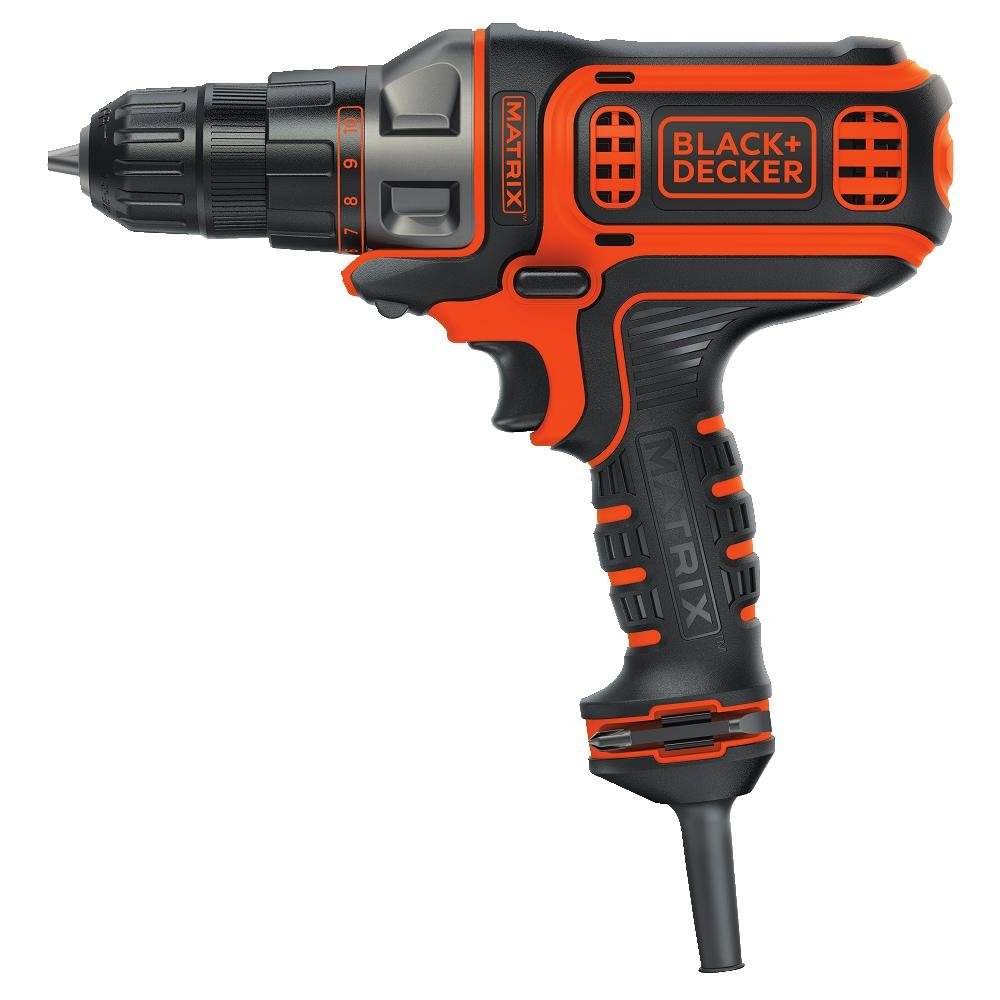Offshore oil rigs come in a variety of sizes, designs, and configurations. Each of the oil rig types is designed to operate under certain conditions, from great depths to shallow waters to regions of the world where the weather is likely to be highly unpredictable or severe. An oil rig is likely to be constructed on location or towed, already fully erected to the exact location of the oil source.
Here are some of the main types of offshore drilling machines available in the industry:
Submersible: in the shallower bodies of water (less than 80-ft) a highly mobile and versatile submersible drilling rig might be relied on. A submersible rig platform is transported to the exact drilling location under tow, which is then sunk until it is able to rest on the floor of the ocean. They are kept in place as a result of the weight of the structure or in certain situations it might be necessary to rely on heavy-duty anchors to secure the platform in place.
Drillship: constructed as either a complete new build or a remodeling of an old vessel, the drill ships are essentially self-powered drilling rigs. In order to remain in place over the drill target, the modern ships are able to rely on the very latest automated technology and control systems, whereas the refitted vessels are likely to be more dependent on regular anchor systems. A fully equipped drillship with the very latest technology for maintaining position makes these drilling platforms highly effective for use in the waters in which other rig types might not be able to operate.
Jack-up: a jack-up oil rig is equipped with specialized legs which are designed to submerge deep below the surface once the platform is positioned over the drill target. They are able to operate in very deep waters, often in the region of 650-ft or more, and are towed fully erected into position. On reaching the ocean surface, the rigs will continue to jack-down until the actual rig starts to rest at a sufficient distance above the ocean surface - which is often in the region of 50-ft.
Production platform: a permanent structure is seen with the production platforms that are made on sites which has been confirmed to offer a significant deposit of gas or oil. Once these platforms have been constructed on site they are static structures and cannot be relocated to a new site at a later date.
Get more information on drilling supplies Australia for getting the essential machinery for completing a variety of drilling tasks.
Here are some of the main types of offshore drilling machines available in the industry:
Submersible: in the shallower bodies of water (less than 80-ft) a highly mobile and versatile submersible drilling rig might be relied on. A submersible rig platform is transported to the exact drilling location under tow, which is then sunk until it is able to rest on the floor of the ocean. They are kept in place as a result of the weight of the structure or in certain situations it might be necessary to rely on heavy-duty anchors to secure the platform in place.
Drillship: constructed as either a complete new build or a remodeling of an old vessel, the drill ships are essentially self-powered drilling rigs. In order to remain in place over the drill target, the modern ships are able to rely on the very latest automated technology and control systems, whereas the refitted vessels are likely to be more dependent on regular anchor systems. A fully equipped drillship with the very latest technology for maintaining position makes these drilling platforms highly effective for use in the waters in which other rig types might not be able to operate.
Jack-up: a jack-up oil rig is equipped with specialized legs which are designed to submerge deep below the surface once the platform is positioned over the drill target. They are able to operate in very deep waters, often in the region of 650-ft or more, and are towed fully erected into position. On reaching the ocean surface, the rigs will continue to jack-down until the actual rig starts to rest at a sufficient distance above the ocean surface - which is often in the region of 50-ft.
Production platform: a permanent structure is seen with the production platforms that are made on sites which has been confirmed to offer a significant deposit of gas or oil. Once these platforms have been constructed on site they are static structures and cannot be relocated to a new site at a later date.
Get more information on drilling supplies Australia for getting the essential machinery for completing a variety of drilling tasks.


No comments:
Post a Comment